Shenandoah National Park in Virginia is an amazing piece of the natural world to explore. Including over 100 miles of the Appalachian Trail, the activities and sites here are outstanding.
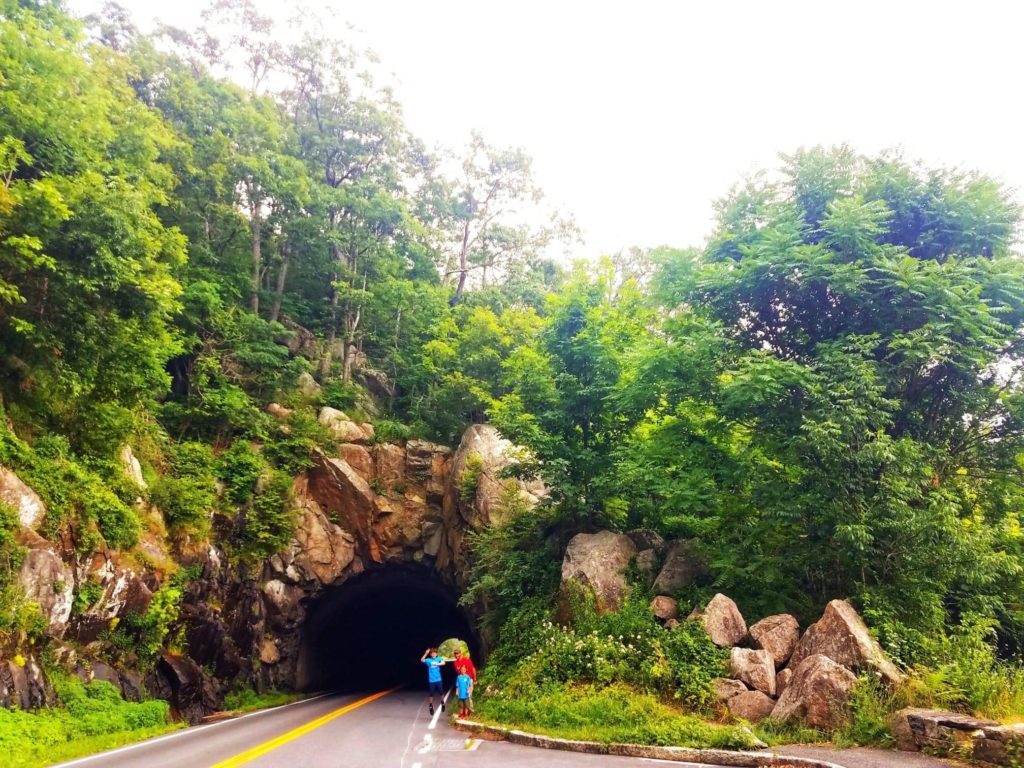
This post was in partnership with GoRVing, all thoughts and opinions are my own.
Shenandoah National Park, only 75 miles from the busy streets of Washington, D.C., Contains 200,000 acres of protected lands. This haven to deer, songbirds, and even a few elusive bears, contains cascading waterfalls, spectacular vistas, and quiet hollows. Shenandoah is the perfect place to take a hike, meander along Skyline Drive, or picnic with the family.
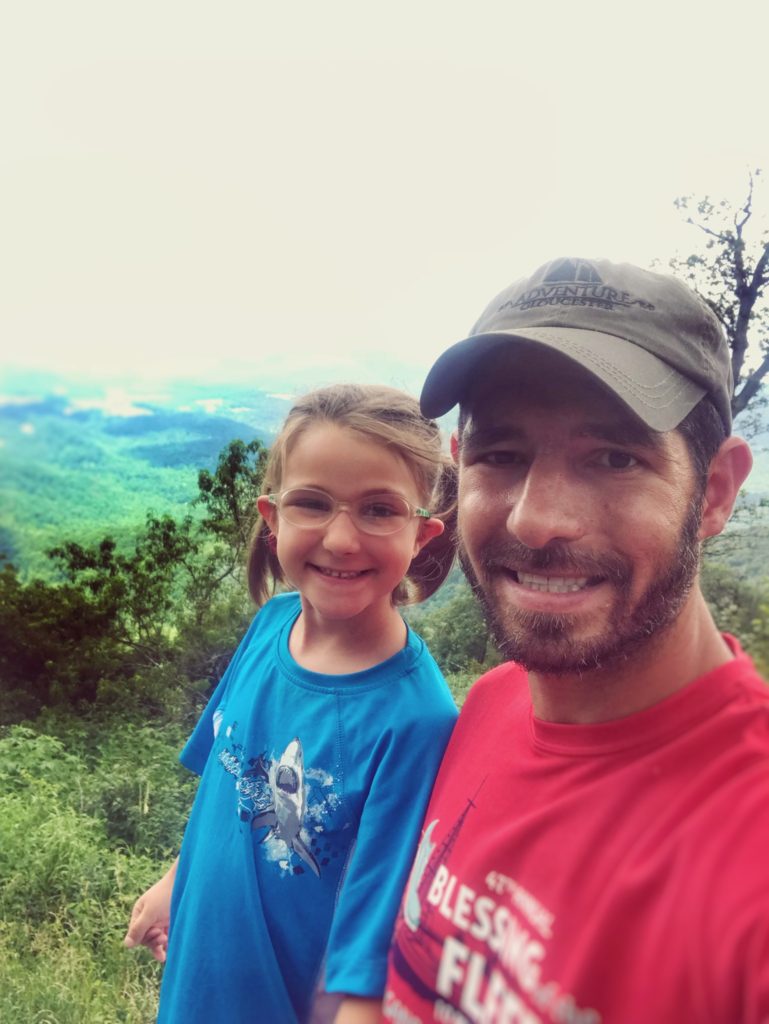
History of Shenandoah NPS
The creation of Shenandoah National Park during the Great Depression had immediate benefits to some Virginians. Many young men received training and jobs through the Civilian Conservation Corps. Nearly 1,000 men and boys worked on the construction of Skyline Drive, a central feature of the park. And about 100,000 worked in Virginia during the agency’s existence from 1933 – 1942. In Shenandoah Park, CCC crews also removed large numbers of the dead chestnut trees to open up views and vistas. They constructed trails and facilities, and the park opened on July 3, 1936.
Skyline Drive
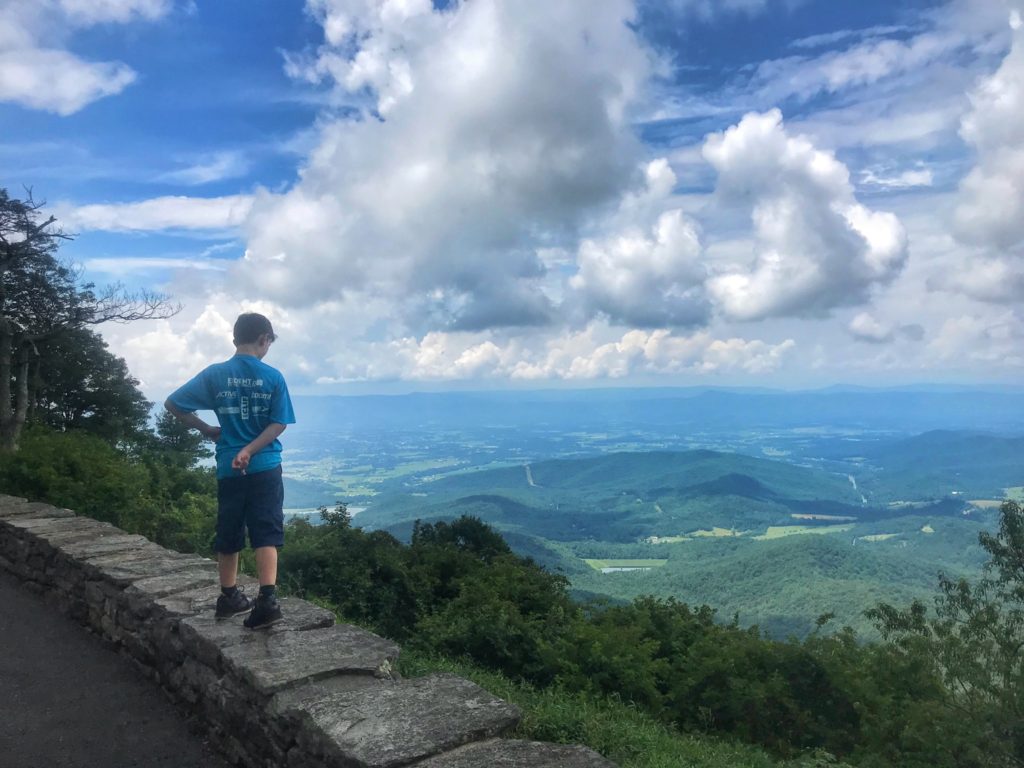
The building of Skyline Drive was tedious and tortuous for the men involved. At the end, a 105 mile road was completed along the ridge of the Blue Ridge Mountains. There are 75 overlooks along Skyline Drive, offering incredible views of the Shenandoah Valley and the Piedmont Range. Numerous trail heads are accessible from the overlook pull-offs, and if you happen to be driving through this part of Virginia, it is worth taking the extra hour or two to take Skyline. There are also 4 connections to roads out of the park, so you don’t need to drive the whole 105 miles of it. A pass must be purchased at the entrance, but it is good for a week. So if you are staying in the surrounding area you can access the park several times without having to pay again.
Big Meadows at Shenandoah National Park
We stopped at Big Meadows Campground for a few days. Right in the middle of the Skyline Drive, it was the perfect place to park the RV for a few days. The nominal feature of Big Meadows is a vast open field of scrub and grasses. It is visited by all types of wildlife, and is the perfect spot to look for deer and bears around dawn and dusk. Rangers lead hikes through the meadow, and it has a history of human settlement and use dating back millennia.
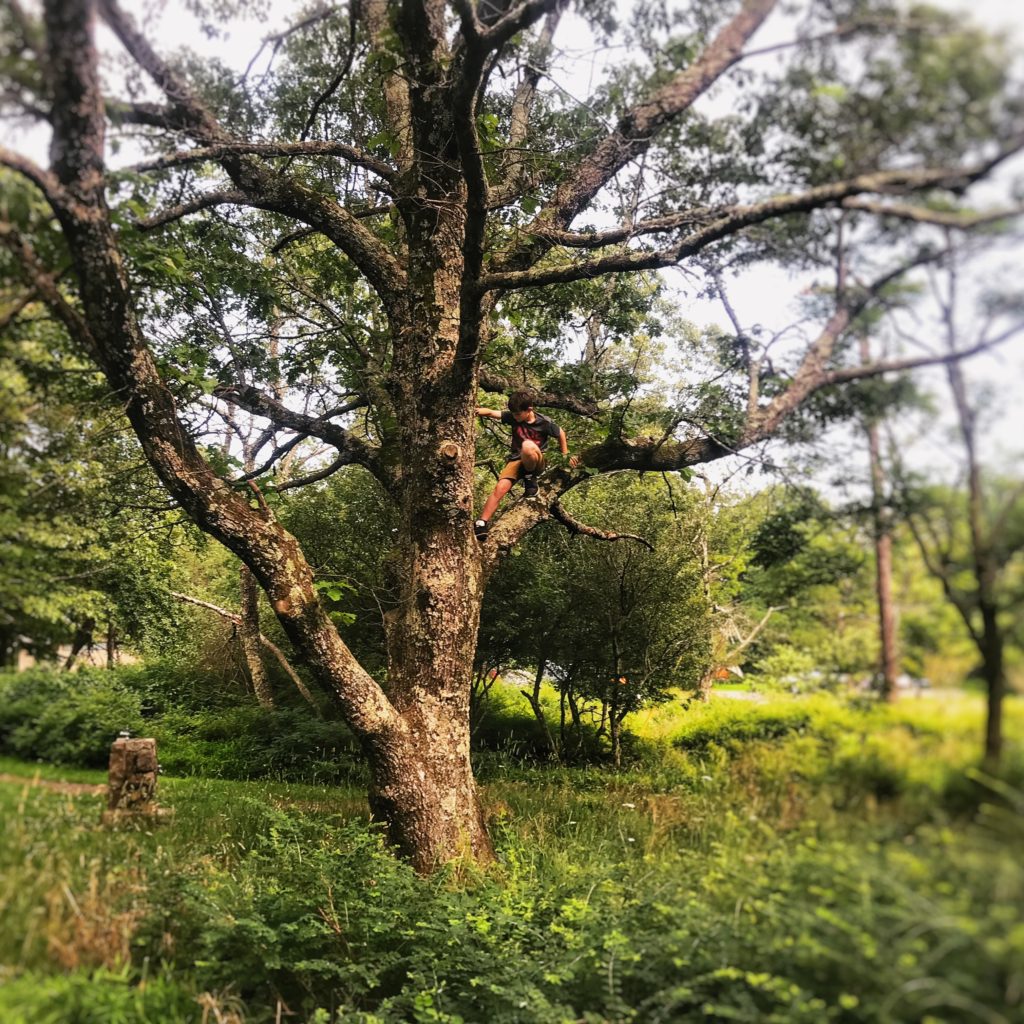
Big Meadows has well kept and fitted out campsites, with parking pads for your RV, car or truck. Vehicles are not allowed on unpaved areas, so you will be limited in how many fit in your site. There was a large parking lot nearby where we could keep another vehicle though. There were many trails looping through the area, and maps are available from the ranger station. Generator use is limited in Big Meadows to a few hours a day, but we did not have any difficulties with this. We treat our RV more like a backwoods cabin than a hotel room, always paying attention to power and water consumption while camping.
Big Meadows is also a great campsite choice if you plan on working on a Junior Ranger Badge. There is a large visitor center near the entrance from Skyline. A walkthrough display of the Park’s history and construction is there, as well as environmental education displays about what you will see in the park now, and into the future. The kids were pretty excited to try the activities there. Guided hikes and Ranger Programs through the park are also an option. This is one of the best ways to learn about the park and surrounding area. It is also a great option for those that are not comfortable with taking off on their own through the wilderness

Other Campsites
There are five major campgrounds in Shenandoah National Park. All but one have RV access, and there are centralized places to fill water and dispose of waste and garbage. Even in campgrounds you will find yourself a little bit more in the wild than at many other parks. We had deer cropping the grass and bushes right in the tent site, and they are not terribly skittish of people. And there are bears. We did not see any, but this is important to keep in mind. Any food that you do not have properly secured and/or hung will bring them by. A cooler sitting on the ground is an easy buffet stop for a black bear.
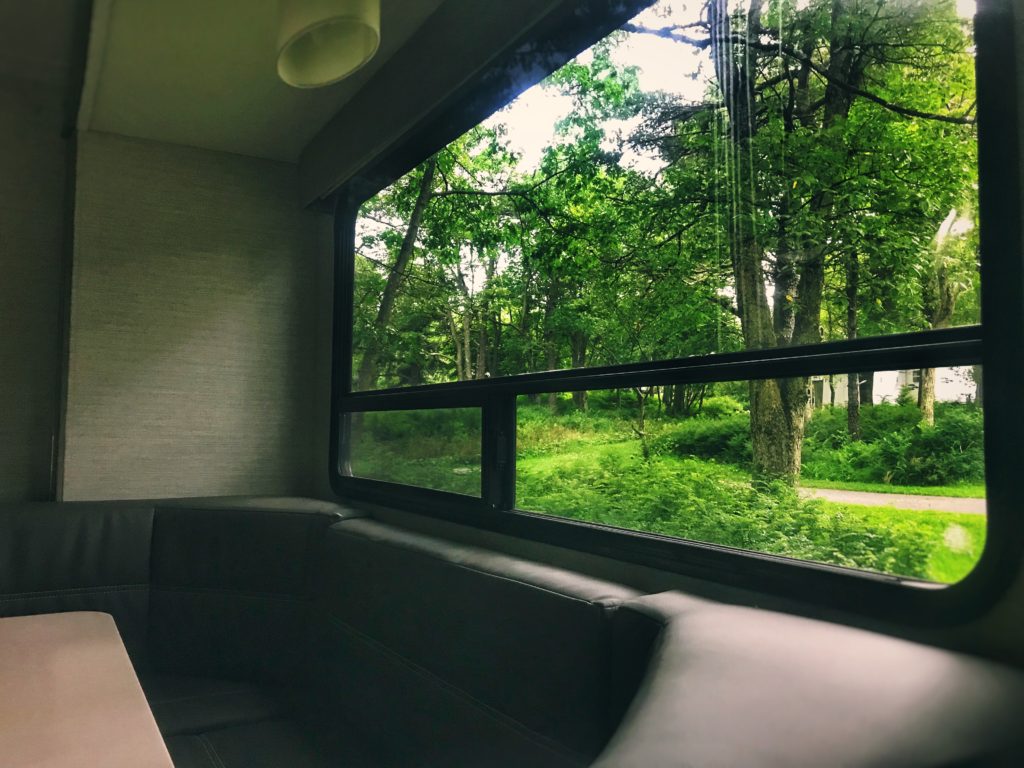
If you are looking to get a little farther out into the wild, backcountry camping is also an option. With over 500 miles of trails to explore, this is the best option if you want to get away from the bustle of other campers and day visitors. Read the regulations and be prepared. Most likely you will run into very few other hikers. If you are really interested in trying out backpacking and through hiking, 105 miles of the Appalachian Trail runs through Shenandoah. If you have 7-10 days to hike, this is a great spot to get a feel for long unsupported treks.
Hikes in Shenandoah National Park
Hiking in Shenandoah National Park is a great way to explore a national treasure. You can download guides and maps online and print them before you come, or pick them up from ranger stations. Make sure that you have the correct map before setting out. It takes several to cover the entire 500 mile trail system, and proper preparation is key to any safe adventure.
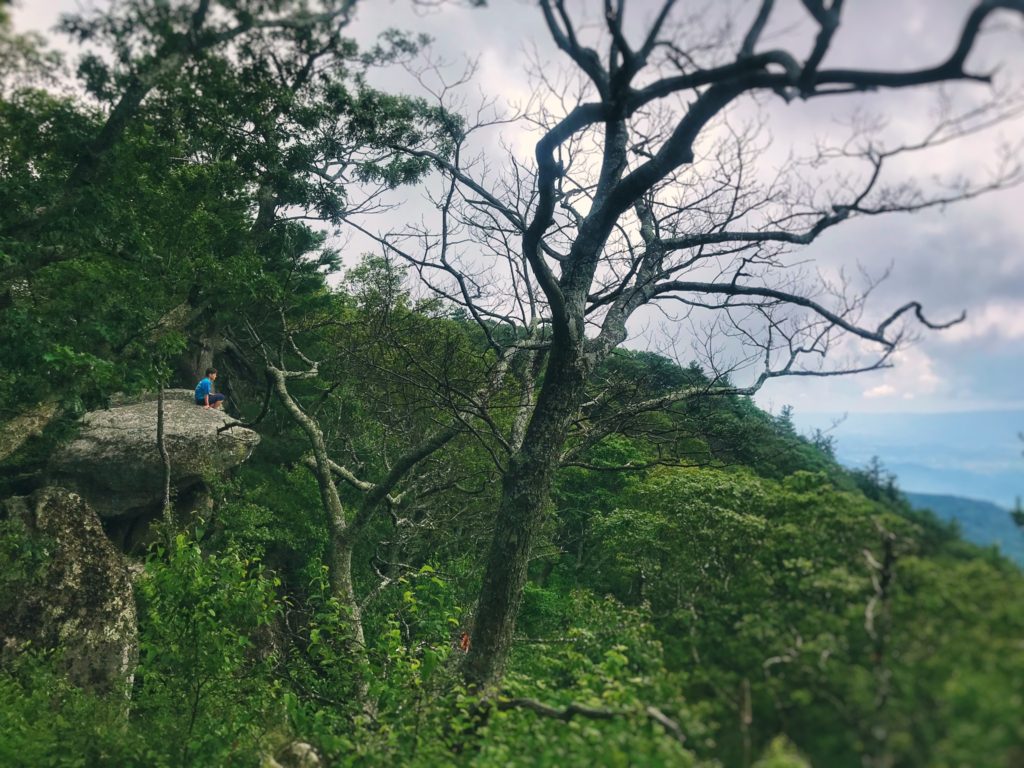
Whether you hike from a campsite or a scenic overlook lot, Shenandoah National Park has a plethora of unforgettable experiences for you to explore. Stark cliffs, fields, waterfalls and wooded hollows make up one of the most iconic National Parks on the East Coast. This is a place for adventure.
Ready to plan an RV adventure? Visit GoRVing to learn about RVs, campgrounds and get yourself ready for the road! If you think that a National Park will be part of your trip, make sure to find out how to get a Free Park Pass!
If you enjoyed these travel tips, or any other post on Real Life with Dad, be sure to follow us on FaceBook, Twitter and Instagram @RealLifeWithDad for our next adventure!